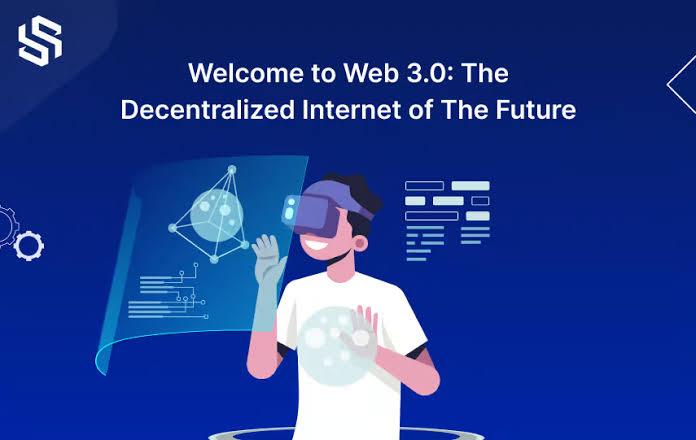Understanding Web3 and Its Transformative Potential
As we navigate the digital age, the concept of Web3 is emerging as a revolutionary force poised to reshape the internet as we know it. But what exactly is Web3, and why does it matter?
What is Web3?
Web3, often referred to as the decentralized web, represents the next evolution of the internet, characterized by decentralized protocols, blockchain technology, and a focus on user sovereignty. Unlike its predecessors, Web2, which primarily features centralized platforms that control user data and experiences, Web3 empowers individuals by placing control back in their hands.
Key Features of Web3:
- Decentralization: At the heart of Web3 is the principle of decentralization. Instead of relying on a few major corporations to host and manage data, Web3 utilizes distributed networks that ensure data integrity and security.
- Ownership and Control: Web3 enables users to own their data and digital identities. With blockchain technology, individuals can interact and transact without intermediaries, fostering a sense of trust and autonomy.
- Smart Contracts: These self-executing contracts with the terms directly written into code enable automated and trustless transactions, reducing the need for intermediaries in various applications, from finance to supply chains.
- Token Economy: Web3 introduces tokens that represent ownership, governance, and value within decentralized applications (dApps). These tokens can incentivize user participation and foster community-driven projects.
- Interoperability: Unlike isolated platforms, Web3 promotes seamless interaction between different applications and ecosystems, allowing for a more integrated and cohesive user experience.
Applications of Web3:
Web3 has the potential to revolutionize numerous industries, including:
- Finance: Decentralized finance (DeFi) allows users to engage in lending, borrowing, and trading without traditional banks.
- Gaming: Blockchain-based games empower players with true ownership of in-game assets, enhancing player engagement.
- Social Media: Decentralized social networks give users control over their data and content monetization.
- Supply Chain Management: Enhanced transparency and traceability through blockchain can significantly improve trust in supply chains.
While the promise of Web3 is compelling, it also faces challenges such as scalability, regulatory hurdles, and the need for user education. The transition from Web2 to Web3 will require collaboration among developers, businesses, and policymakers to create an ecosystem that prioritizes security, accessibility, and usability.
Conclusion:
Web3 is more than just a technological advancement; it represents a paradigm shift in how we interact with the internet. By fostering decentralization, ownership, and innovation, Web3 has the potential to create a more equitable digital landscape. As we move forward, embracing the principles of Web3 may unlock new possibilities for individuals and communities worldwide.
Stay tuned as we continue to explore the evolving landscape of the decentralized web and its implications for our future.
